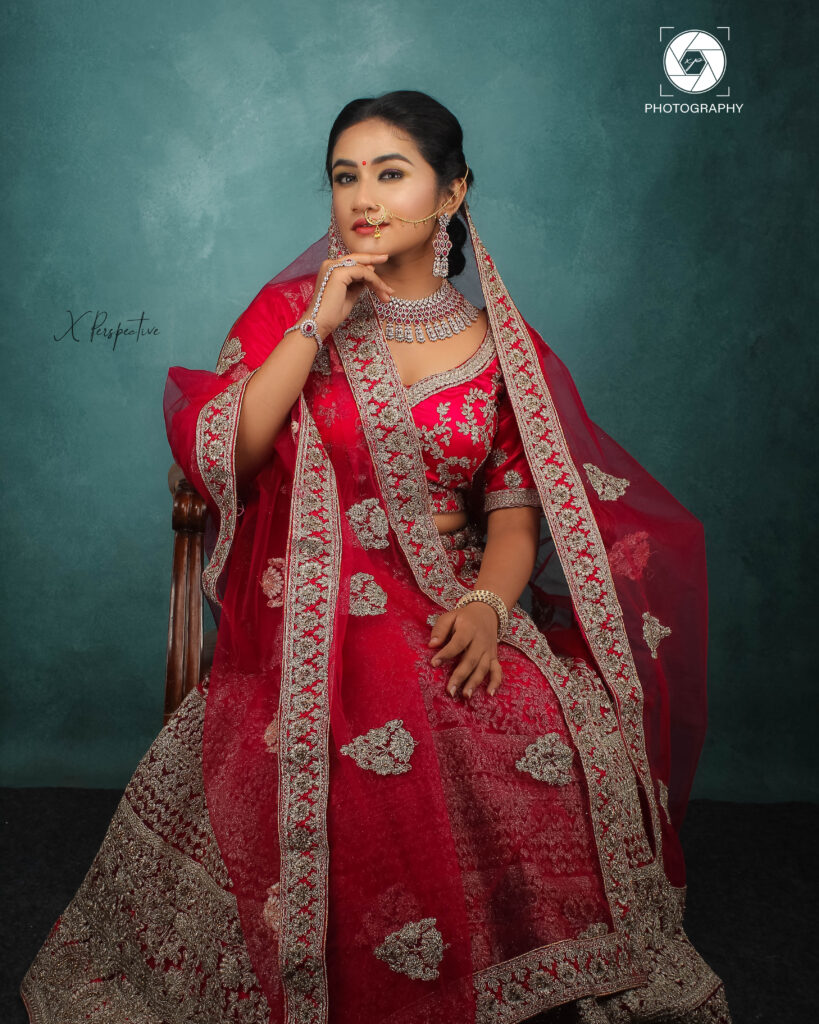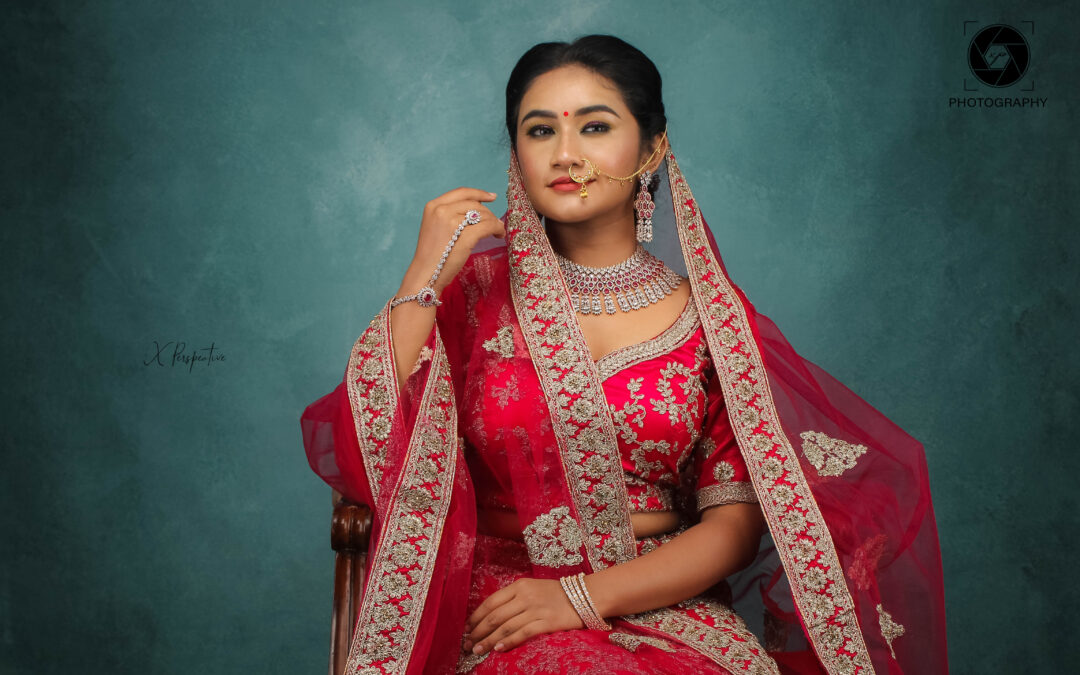https://www.instagram.com/x_perspective_photography_/profilecard/?igsh=MWZqNTRjNmR1bm80cQ==
Click—it’s such a simple sound, barely more than a whisper. But for me, that tiny moment holds everything. Every time I press the shutter, I’m not just taking a picture—I’m capturing a feeling, a glance, a piece of someone’s story. Over the years, I’ve learned that the real magic doesn’t lie in perfect lighting or flawless composition. It’s in the heart behind the click. That’s where the connection lives. And that’s what keeps me coming back to photography, time and time again.
When I started photography, I believed it was all about mastering settings—shutter speed, aperture, light metering. I thought the right gear would make great photos and the right angles would tell the story. And sure, those things matter. But over time, something deeper took hold. Photography began to feel more emotional than technical. The more I captured people, the more I realized it wasn’t the lens doing the magic—it was how present I was. How open I became to the emotions in front of me. And that’s when the biggest lesson truly clicked: you have to shoot with your heart open.
Let me explain what that means—not in theory, but through moments that shaped how I now see the world through my camera.
1. Click Unplanned Moments That Stuck forever
I’ve done shoots with perfect lighting and planned poses, but strangely enough, those aren’t always the photos that stay with people. The ones that get framed or revisited years later? They’re usually unexpected. Like the time I was photographing a couple. We were wrapping up, walking back from a beach. The light was almost gone. Suddenly, the groom-to-be cracked a joke, and the bride doubled over laughing. Her hair was messy, her eyes squinting, but her face lit up with joy. I almost didn’t take the shot—it felt too raw. But I did.
Months later, that photo was printed and hung in their living room. It wasn’t posed. It was honest. And that’s why it meant something
2. Technical Skill Is Important—but It’s Not Everything
You do need to understand your camera. It helps to know how to shoot in low light or how to fix a distracting background. But those things don’t create emotion. You do. I’ve been in situations where everything went wrong—the weather changed, the location wasn’t ideal, the subject was nervous. But instead of trying to force the photo, I leaned into the moment. I talked. I listened. I stopped focusing on the frame and started focusing on the feeling. That shift in mindset often does more than any camera upgrade ever could.
3. People Aren’t Looking for Perfect Click —They’re Looking for Real
In the early days, I used to show clients the sharpest image, the cleanest background, the most traditional pose. Now, I also include the ones where they weren’t expecting a photo at all. Maybe they were looking away. Maybe their hair wasn’t perfect. But their emotion was real. Their guard was down. That’s what makes a photo timeless. Photography has taught me that people don’t always remember what they looked like in a photo. But they absolutely remember how that photo made them feel.

4. Learn to Watch Before You Click
One habit that’s helped me more than anything? I wait. I observe. I don’t just jump in, asking people to smile or turn a certain way. I spend a few minutes getting a sense of who they are and how they interact. You can tell a lot by how someone fidgets, who they look at when they’re unsure, or how they hold their hands. These little things tell you what matters to them. Being patient with your camera often gives the moment a chance to unfold naturally. And when it does, you’re ready—not just with the right focus, but with the right intent.
5. A Click That Changed My Perspective
I once photographed an older couple celebrating their 40th anniversary. They didn’t want anything flashy—just a few portraits in their garden. I asked them how they met, and the husband smiled as he recounted the story. His wife laughed and rolled her eyes like she’d heard it a thousand times. That moment? I captured it. No dramatic lighting. No epic pose. Just two people who had lived a lifetime together, still finding comfort in each other’s company. It reminded me that a meaningful photo doesn’t need to be loud. It just needs to be honest.
6. Emotion Is the True Composition
You can line up your shot perfectly, follow the rule of thirds, and still miss the heart of the moment. That’s why I now aim for feeling over form. If someone is blinking through tears or smiling nervously during a first look, I shoot through it. I don’t interrupt. I let the moment guide me. Because when the feeling is real, the photo doesn’t need to be perfect. It already is.
Final Thoughts: Lead With Empathy, Not Just a Lens
In every session, I remind myself: these aren’t just clients. They’re people. They’re celebrating, grieving, growing, or simply living through a moment they might not experience again. And I get to witness that. So I show up with care. I pay attention to what’s unsaid. I allow space for vulnerability. That’s what I mean when I say “click with an open heart.” Your camera can only do so much. It’s your empathy that transforms the moment.


